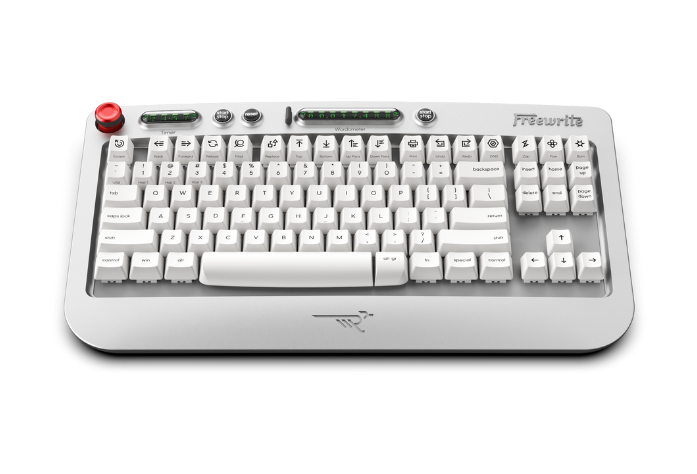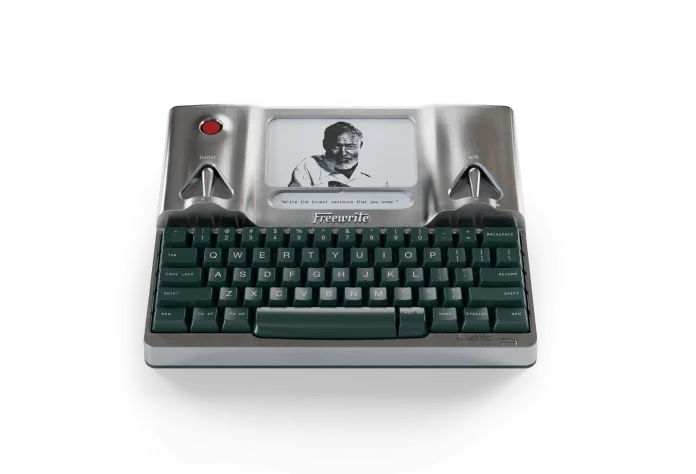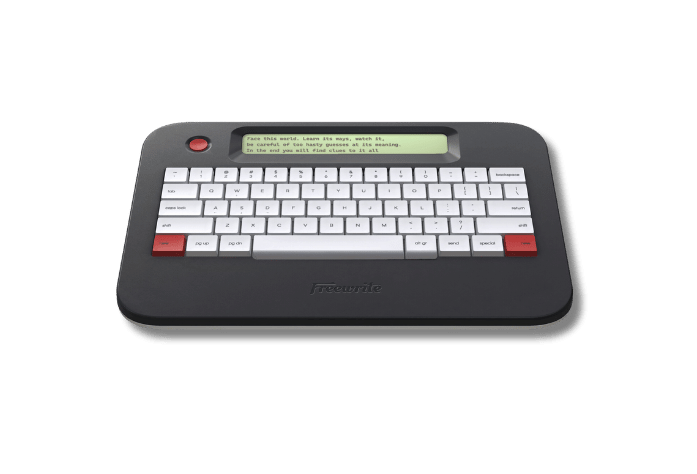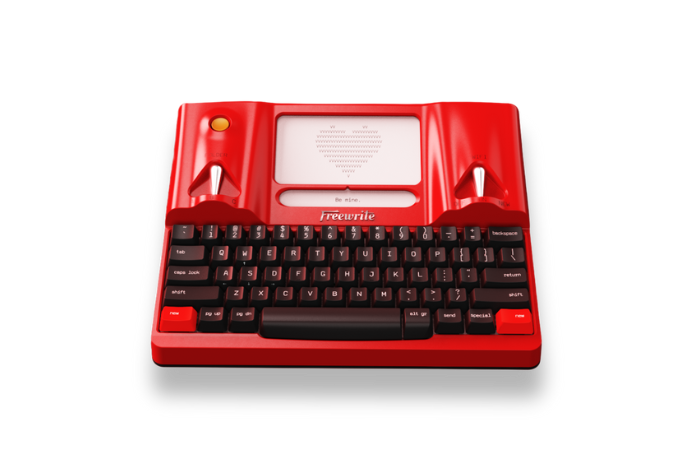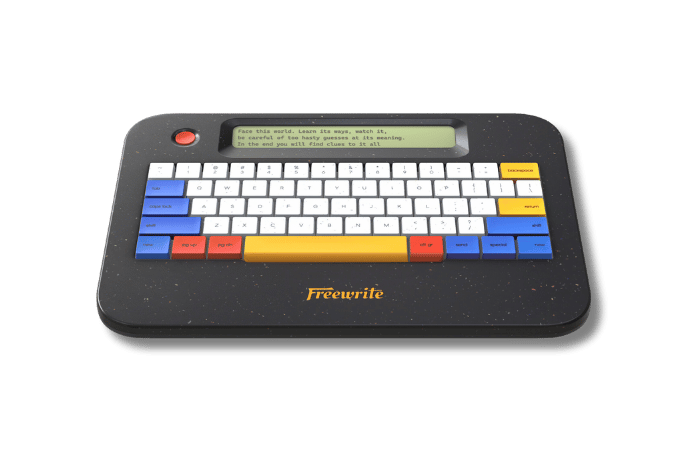Even though it’s four years old now, the 2021 New York Times article claiming H.G. Wells invented the genre of science fiction still makes the rounds on social media, sparking outrage, push-back, and splitting literary hairs.
You know the literary type: we’re well-read and love citing sources and, well, being right. I’m speaking from experience here. And that’s why I’m confident telling you that The New York Times forgot about this little book called Frankenstein.

Mary Shelley’s Frankenstein; or, The Modern Prometheus fused elements of romanticism and the gothic to create a tale many call gothic horror. But her fascination with the technology of the day (like electricity that ran through tesla coils) pushed her imagination and her writing to create a future devoid of death. Her seminal novel examines how this complicates the mortal coil.
What if anyone could reanimate a loved one or create an amalgam of dead body parts? What soul occupies the new body? What does it say about the consciousness of the scientist who pursues such endeavors?
That is pure science fiction.
Check out the inspiration behind Frankenstein and the biographical details that paint a clearer picture of Mary Shelley, the true pioneer of science fiction!
You know the literary type: we’re well-read and love citing sources and, well, being right. I’m speaking from experience here. And that’s why I’m confident telling you that The New York Times forgot about this little book called Frankenstein.
Mary Shelley Had an Interesting Childhood
Mary Shelley was raised by her father, a political journalist and philosopher, and was often encouraged to write despite not receiving a formal education. Her father often kept the company of leading intellectuals of the day, which inspired Shelley’s storytelling.
While there is a lot of Mary Shelley lore, which is hard to separate from the truth at times, Shelley’s life was as dark, gothic, and passion-filled as the horror she wrote.
Let’s address the elephant in the room — yes, it’s more than likely that Mary Shelley lost her V-card with her soon-to-be husband, Percy Shelley, at her mother’s grave. There’s a lot to unpack there.
Percy was a poet, so it was almost expected of him to do overtly crazy things, and Mary did lose her mom ten days after being born, so maybe she gets a pass too.
However, the parallel between Mary Shelley and her fictional Victor Frankenstein is clear, given that in the novel, Dr. Frankenstein often supplements his anatomy and chemistry lessons by digging up graves and comparing their parts.
In every fiction, there is something real, and in everything real, there is some fiction.
The Science That Made Frankenstein’s Monster
Eighteenth and ninteenth-century scientific theory is wild but also held some surprising truths. Galvanism, a leading scientific branch at the time, suggested the body’s electrical framework could be flipped back “on” when a current was reintroduced into the body’s chemicals — which led to the belief you could reanimate the body under the right conditions and with the right materials.
Mary and Percy Shelley would see a scientific demonstration of this principle in a traveling symposium — an event wonderfully stylized in the bioflick Mary Shelley starring Elle Fanning. Here, the scientists would supercharge a metal rod and then press it on the skin of a dead frog, which would “magically” kick back to life.
A modern reader, of course, knows this is simply an electric current causing the corpse’s muscles to contract. But place yourself in the audience of this symposium and imagine seeing a dead frog kick — it would be the stuff of mad science, the stuff of novels!
There was a greater dialogue between the arts and sciences back then, too, which often painted the heralds of discovery as equal parts fervent passion and fearful power. This clearly serves as a blueprint for the doctor himself.
In the novel, Dr. Frankenstein references Benjamin Franklin’s famous key-and-kite experiment to test the path of lightning currents. There’s even some speculation on the two figures sharing the same five letters in their last name.
There was a greater dialogue between the arts and sciences back then, too, which often painted the heralds of discovery as equal parts fervent passion and fearful power.
The Writing Sleepover
Another legendary setting: the sleepover-turned-writing-contest that produced The Modern Prometheus. Lord Byron; John Polidori, Byron's personal physician; and Percy and Mary Shelley tasked one another with writing a ghost story while escaping the summer rain in Switzerland.
Mary would initially write a short story version of Frankenstein, which would later be developed and edited by Percy Shelley. Lord Byron wrote the beginnings of a vampire short story and Polidori expanded that into a novel called The Vampyre. It’s thought that Percy started a short story about his childhood but abandoned it to work on a collection of poems.
While several literary works were produced on that trip, only one truly stands the test of time through countless reimaginations and adaptations. Think of the depressed teens making the “perfect” boyfriend in Lisa Frankenstein, and experiments in learning what it means to be human-like, as in Poor Things.
The relationship between the creator and what’s created, an archetype used to create the science fiction genre by Mary Shelley, never fails to disappoint.
In Conclusion
We should probably give an overworked NYT writer and editor a break. Maybe.
Here’s the rub: while Wells certainly helped shape the genre of science fiction, the article breezed past one key pioneer of sci-fi, Mary Shelley. By the time H.G. Wells was born in 1866, Shelley’s Frankenstein; or, The Modern Prometheus had been published for 48 years.
It’s high time we stop erasing the contributions of women writers from our collective literary history. Period.
Think of it this way: Frankenstein’s monster ran (or lumbered) so Wells's Martians could plan their earthly invasion.
Think of it this way: Frankenstein’s monster ran (or lumbered) so Wells's Martians could plan their earthly invasion.
--
Resources




